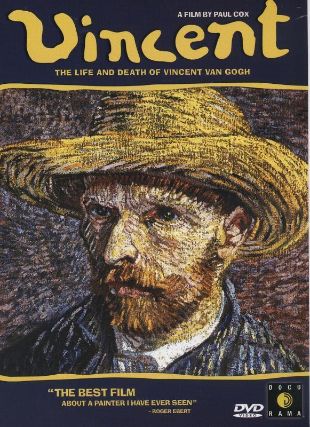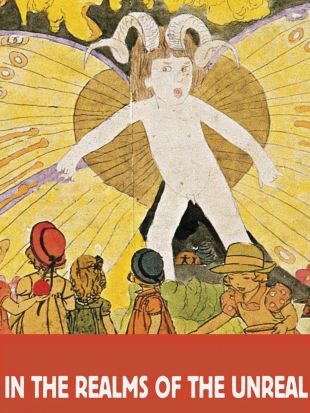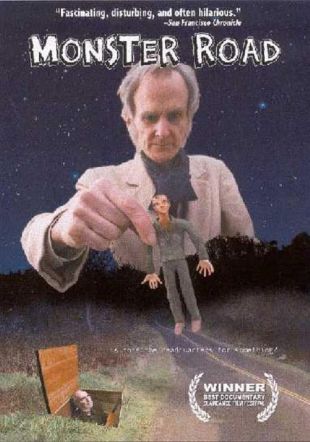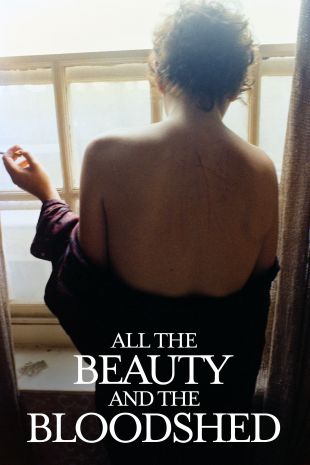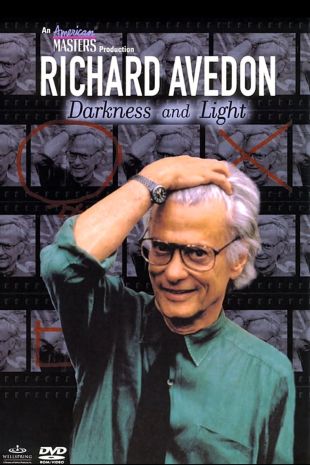
American Masters : Coming to Light: Edward S. Curtis and the North American Indians (2001)
Directed by Anne Makepeace
Genres - Historical Film, Visual Arts |
Sub-Genres - Biography, Art History, Social History, Graphic & Applied Arts |
Run Time - 90 min. |
Countries - United States |
Share on
Synopsis by Jonathan Crow
During the early 1900s, Edward S. Curtis spent 30 years at great financial and personal cost doggedly photographing 80 different Indian tribes just as their customs and culture were being eroded by the prevalence of white culture, eventually resulting in the ethnographic landmark 20-volume work The North American Indian. Anne Makepeace directs this poignant, sensitive documentary about one man willing to risk his family and fortune for this one Herculean effort. A successful society photographer in Seattle in the 1890s, Curtis became entranced by Native American culture during a trip to Alaska and was inspired to photograph them in their traditional garb where they live. In 1900, he garnered notice when he managed to photograph the heretofore forbidden Peigan sun dance, and managed to get financial backing from Theodore Roosevelt and J.P. Morgan to start his life's work. Spending long months away from his wife and children in Seattle, Curtis journeyed to remote corners of the country with literally a ton of equipment in tow and to New York to over see the printing of his books. He had only published eight volumes of his work when Morgan's money ceased coming in -- and due to WWI and a shift in national tastes, financial support was difficult to find. At the same time, Curtis' wife divorced him, cleaning him out of most of his assets. By the 1920s, Curtis found work in Hollywood as a still photographer, working on the set of Cecil B. De Mille's The Ten Commandments. Alarmed by the degree to which Indian culture was disappearing, he quit his movie industry gig and went out into the field one final time in 1927. Three years later, Curtis published the final volume of his work. Edward S. Curtis died anonymous and impoverished in 1952 in L.A. This film was nominated for the Grand Jury prize at the 2000 Sundance Film Festival.
Characteristics
Themes
Keywords
ethnography, Indian (Native-American)-tribe, photographer, career-retrospective, life-story, Native-American, photography, filmmaker, legacy, ambition

